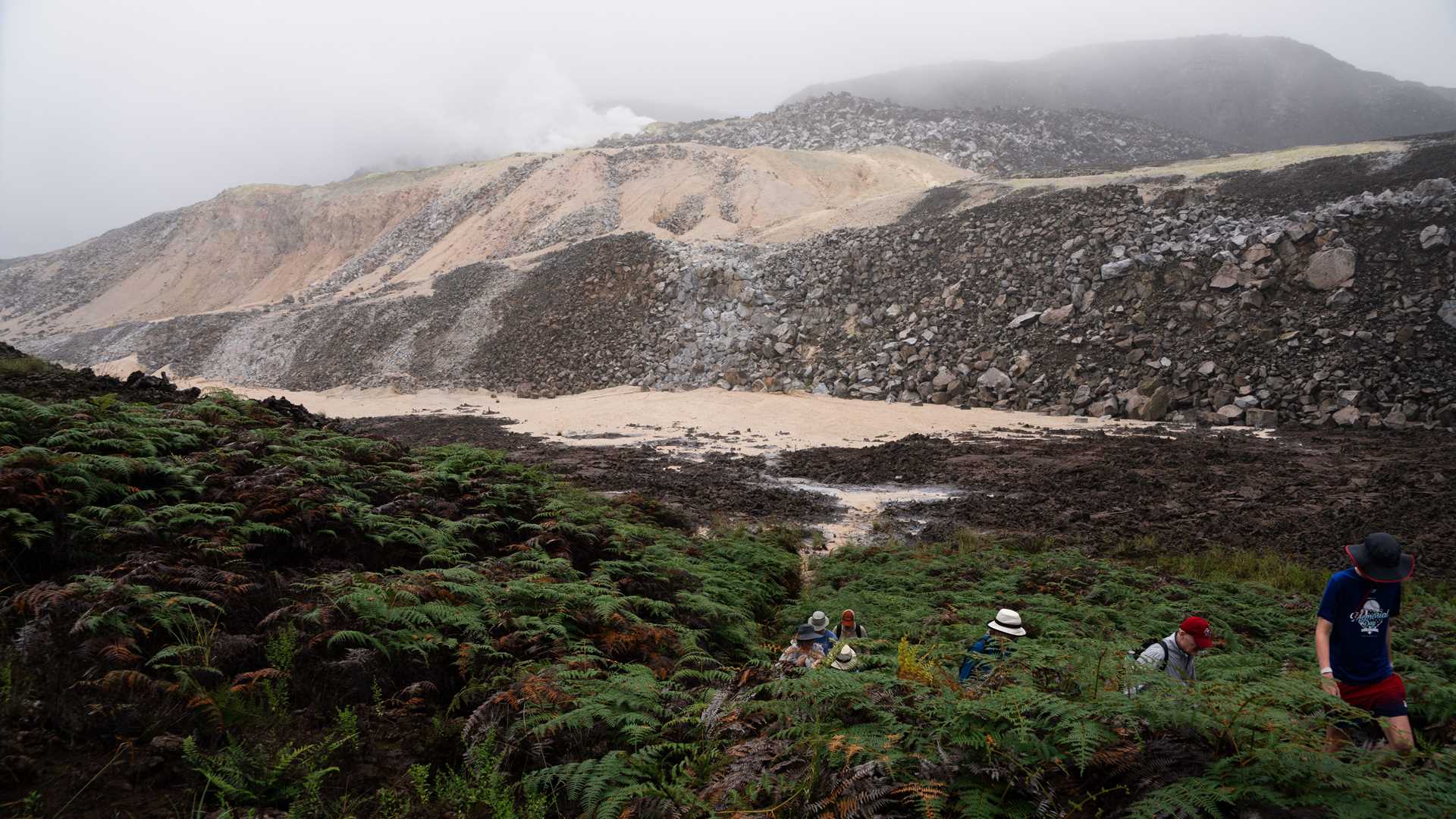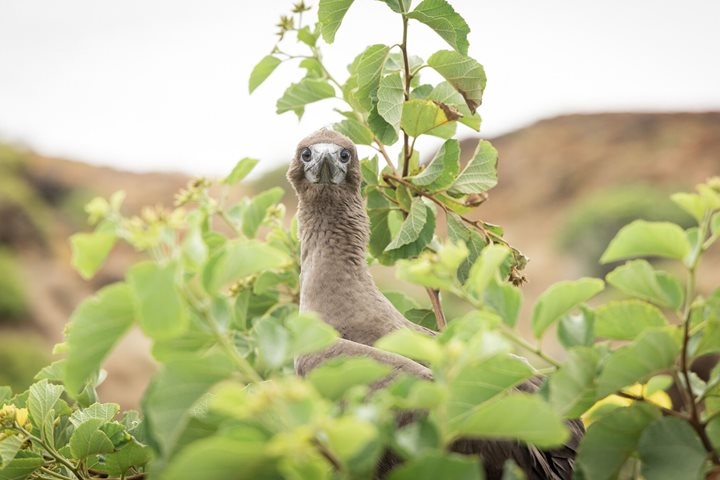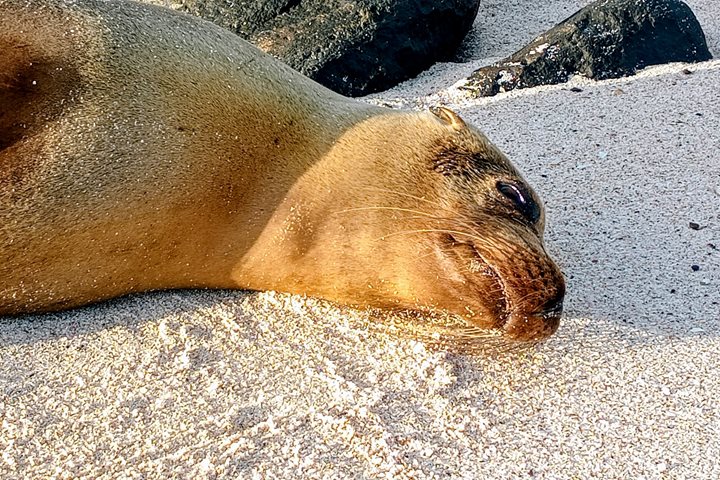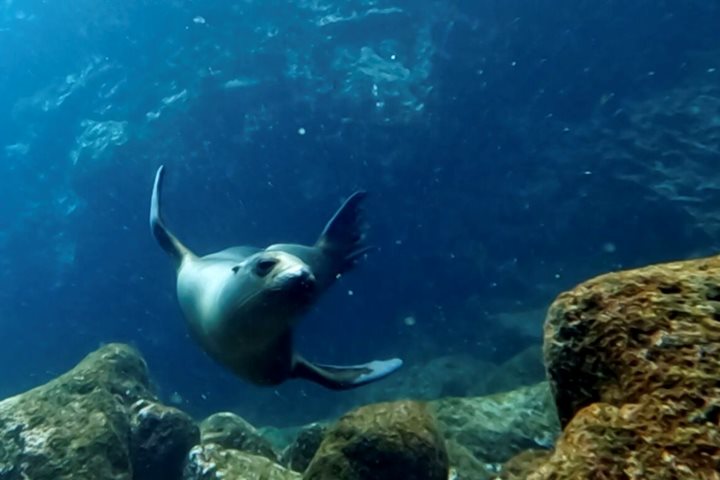Isabela Island is the largest and most active island in the Galapagos. Our journey took us deep into the heart of the Sierra Negra Volcano. We hiked across the vast caldera’s lava fields and felt the air grow thick with the scent of sulfur and mystery. Isabela is an island of contrasts where every step tells a story. This was not just a visit, it was a voyage in the wild Galapagos!
- Daily Expedition Reports
- 17 Apr 2025
Isabela Island, 4/17/2025, National Geographic Delfina
- Aboard the National Geographic Delfina
- Galápagos
Roberta Schiess, Naturalist
Born and raised in the Galápagos, Roberta Schiess Bahamonde’s grandparents were among the first permanent inhabitants of Santa Cruz Island, arriving from Switzerland in the 1940s. Her mother is also a naturalist guide in the Galápagos, so this is a p...
Read MoreShare Report
Galápagos Escape: An 8-Day Voyage
VIEW ITINERARYRelated Reports
6/23/2025
Read
National Geographic Islander II
Española Island
Today we visited Española Island, the southernmost—and one of the most spectacular—of all the Galápagos Islands. Known for its unique wildlife and dramatic landscapes, Española offered us a day full of unforgettable encounters. In the morning, we landed at Gardner Bay, where a long stretch of white coral sand welcomed us. Galápagos sea lions lounged along the shore, completely unfazed by our presence. Offshore, we snorkeled in the clear waters among colorful reef fish and Pacific green sea turtles. Playful sea lions swirled around us like underwater acrobats. In the afternoon, we explored Punta Suárez, one of the best wildlife viewing sites in the entire archipelago. The trail led us through colonies of Nazca boobies and blue-footed boobies, some engaged in nesting or courtship dances. We also witnessed waved albatrosses, many sitting on eggs or gliding in the wind above the cliffs. The highlight for many was watching a pair of albatrosses perform their elaborate, synchronized courtship ritual, full of beak clacking and head swaying. As we approached the cliff’s edge, we were treated to the dramatic sight of waves crashing against the rocks and the famous blowhole, which sent bursts of water high into the air. With seabirds soaring overhead and marine iguanas sunbathing in every direction, the magic of Española was on full display.
6/22/2025
Read
National Geographic Islander II
Floreana Island
Today the guests of National Geographic Islander II had a chance to snorkel at Champion Islet, just off Floreana Island. It was a breathtaking expedition to one of the most vibrant marine ecosystems in the Galapagos. As soon as we slipped into the water, we were greeted by schools of colorful fish and playful Galapagos sea lions.







